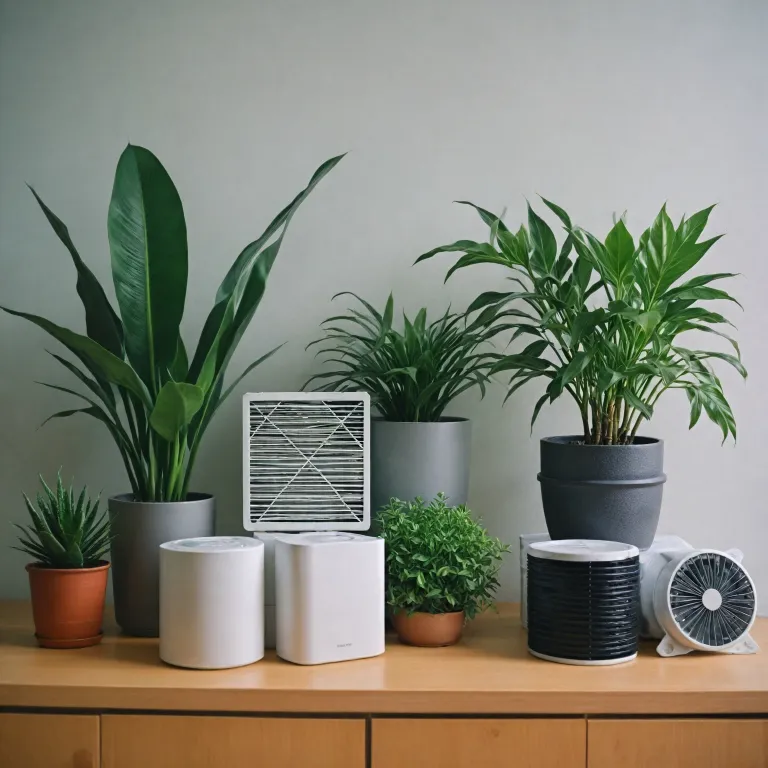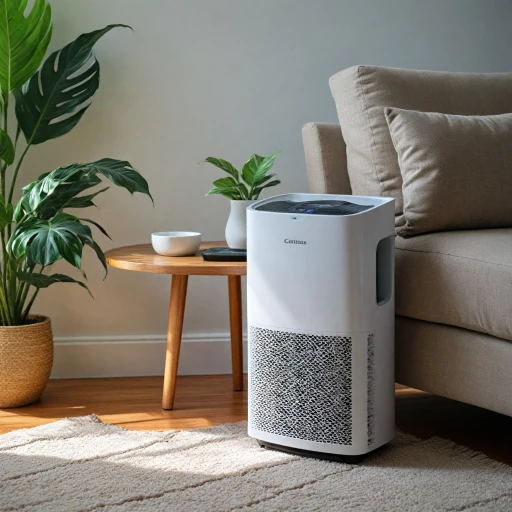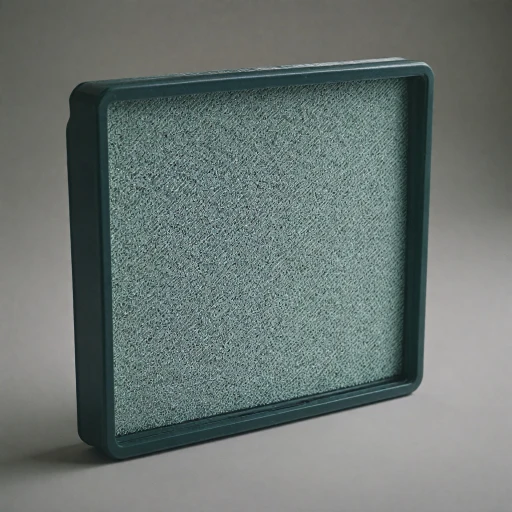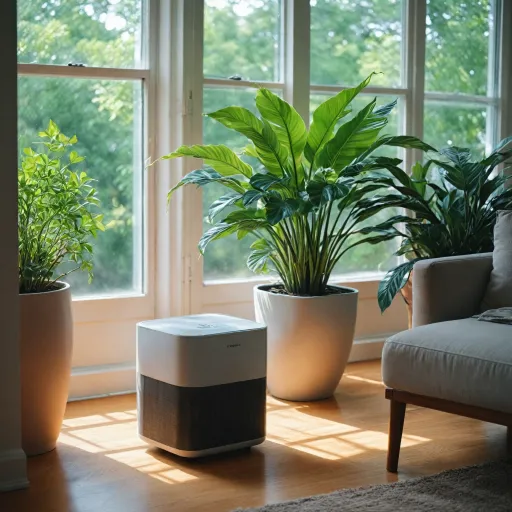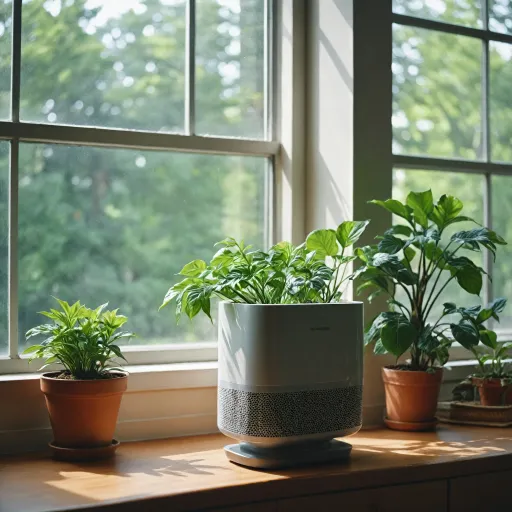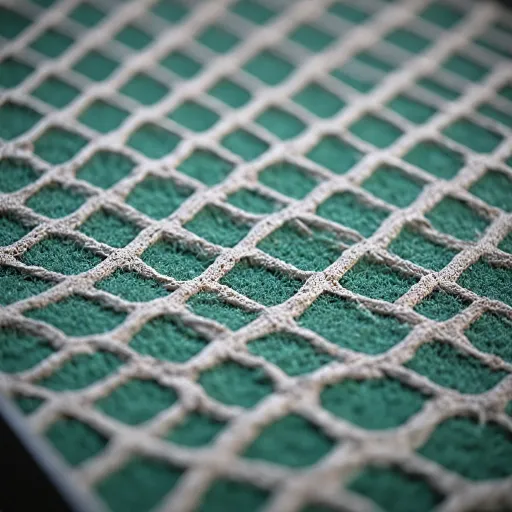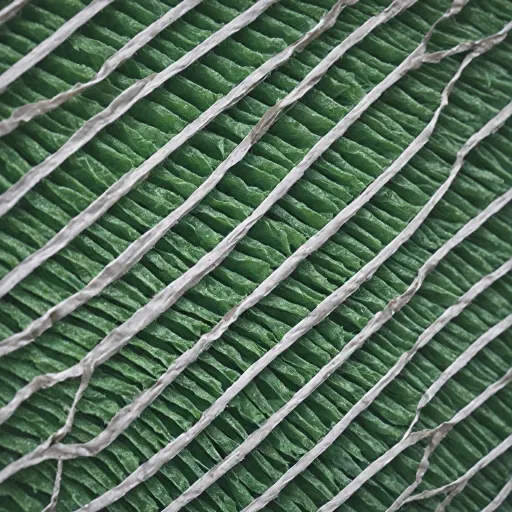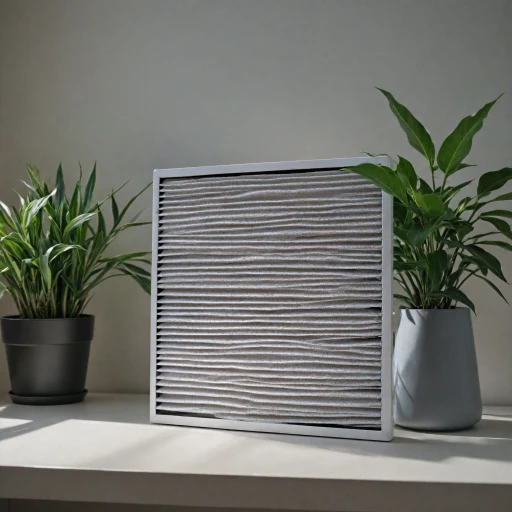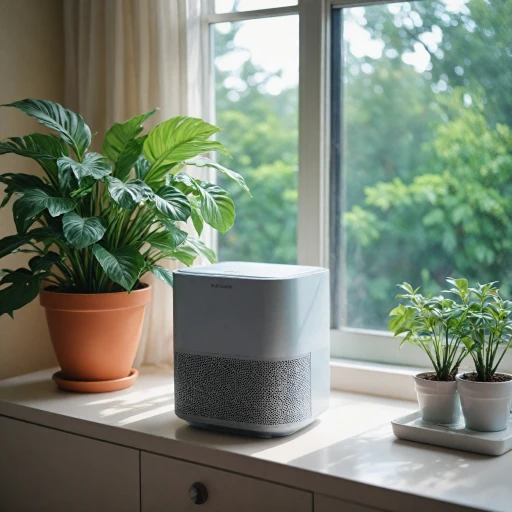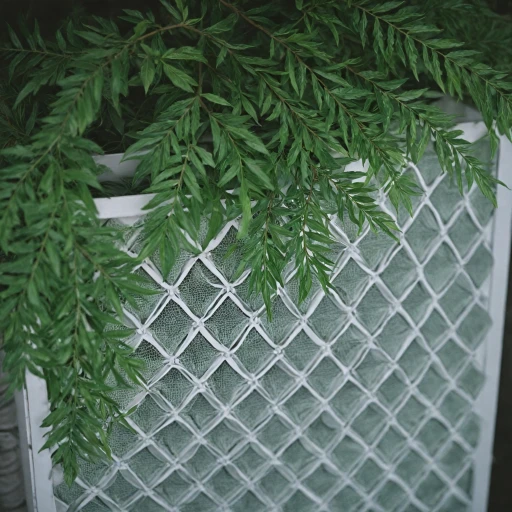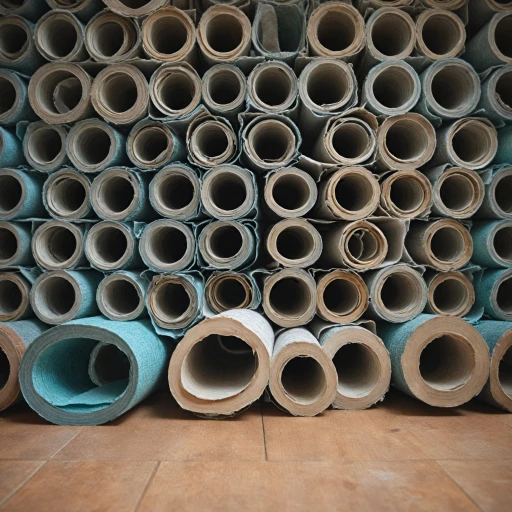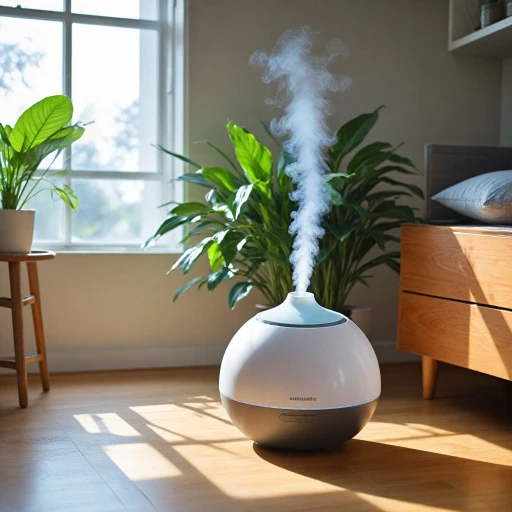
Understanding Air Filter Types
Exploring Different Air Filter Varieties
When it comes to air purifiers and HVAC systems, understanding the diversity of air filters is crucial for maintaining air quality and system efficiency. Each type of filter offers unique attributes that cater to various needs and preferences, so selecting the right one can greatly impact your environment.
Firstly, HEPA filters are renowned for their ability to capture up to 99.97% of airborne particles as small as 0.3 microns, making them an excellent choice for those with allergies or asthma. On the other hand, MERV-rated furnace filters also provide a good balance between efficiency and airflow, ensuring that even smaller particles are trapped without compromising your HVAC system.
While disposable air filters have been traditionally popular, there is a growing interest in reusable and washable air filters. These alternative options not only reduce waste but also can be a more cost-effective solution over time. However, they do require regular cleaning and maintenance to maintain their performance.
Washable air filters can ideally be cleaned with water, while ensuring they are completely dry before reinstallation is crucial to prevent any mold or mildew growth. When considering reusable filters, it's important to keep in mind their microscopic filtering limitations compared to HEPA filters, but they can still successfully capture larger particles.
For those considering reusable options, it's beneficial to understand the role of hood filters in air purification can provide additional insights, as these also often utilize reusable materials for filter elements.
Benefits of Reusing Air Filters
Advantages of Opting for Reusable Filters
Air purifiers are pivotal in maintaining high air quality by trapping airborne particles like dust, pollen, and bacteria. While disposable air filters have been the norm, the increased interest in sustainability steers many towards reusable options like washable air filters and HVAC systems. Understanding the benefits of these reusable filters can encourage a shift towards more environmentally friendly practices.
One substantial advantage is cost efficiency. Over time, investing in washable filters can result in considerable savings compared to the recurring expense of buying disposable air filters. The initial cost might be higher, but the financial benefits are evident once you consider the long-term reduction in replacement costs.
Sustainability is another key benefit. Reusable air filters help reduce waste in landfills, thereby contributing to environmental conservation. They minimize the need for frequent replacements and lower the demand for resources required to manufacture new disposable filters.
Additionally, using reusable filters doesn't mean compromising on performance. When maintained correctly, clean reusable filters show great efficiency in capturing a range of particles. From larger dust particles to finer ones, including allergens and bacteria, filters like HEPA and high MERV rating units offer reliable air purification. They can seamlessly integrate into existing HVAC systems, enhancing overall air quality without frequent replacements.
To maximize the efficiency and longevity of your air purifier, proper cleaning and maintenance of reusable filters is vital. You can learn more about enhancing your air purifier experience with essential oils, as a complementary strategy to sustainable practices.
Proper Cleaning Techniques for Reusable Filters
Cleaning Techniques for Optimal Usage
To maintain your air purifier's efficiency and ensure that your reusable filters effectively capture airborne particles, proper cleaning is essential. Whether you're dealing with HVAC units, HEPA filters, or washable air filters, following the right cleaning techniques will help prolong their lifespan and optimize air quality in your home. Firstly, begin by checking the manufacturer's instructions for specific cleaning recommendations tailored to your unit's filters. This can provide a framework for the frequency and methods of maintenance required. Here is a step-by-step guide to help you clean different types of air filters effectively:- Preparation Stage:
- Switch off and unplug your air purifier to avoid any accidents during the cleaning process. Allow it to cool down if it has been in use.
- Carefully remove the filter from the system, whether it's for your HVAC or a standalone unit.
- Initial Dusting:
- Use a soft brush or a vacuum with an attachment to gently remove loose dust and particles. This step is crucial for both disposable air filters and reusable types.
- Washing Washable Filters:
- For washable filters, such as durable HEPA and furnace filters, rinsing with lukewarm water can dislodge trapped debris. Ensure water flows from the clean side to the dirty side.
- Allow the filter to air dry completely before reinserting it into the unit to prevent mold growth.
- Thorough Cleaning:
- If the filter's grime proves stubborn, a mild detergent solution can be used. Avoid harsh chemicals, as these can damage filter materials and reduce their lifespan.
- Inspection:
- Post-cleaning, inspect your filters for wear and tear. Reusable filters that show signs of damage or reduced efficiency might need replacing to maintain optimal performance.
When to Replace Instead of Reuse
Signs That It Might Be Time for a New Filter
Determining when to replace your air filter instead of reusing it is crucial for maintaining optimal air quality and system efficiency. While reusable filters like HEPA or washable air filters are designed for longevity with regular cleaning, they do have a lifespan after which they need to be replaced. To ensure your air purifier or HVAC system operates smoothly without compromising air quality, consider these key factors:- Visible Damage or Wear: Over time, reusable air filters can suffer from wear and tear. Inspect your filters for signs of damage such as tears, bends, or other physical deformities. If the filter material appears compromised, it's time for a replacement.
- Reduced Efficiency: If you notice a decline in the effectiveness of your air purifier or HVAC system, such as poor airflow or an increase in airborne particles, it could indicate that the filter is no longer performing efficiently. After significant use and despite thorough cleaning, reusable filters may not trap particles as effectively.
- Excess Buildup: Filters should be free from excessive dirt and dust even after cleaning. If, after multiple cleanings, there remains an abundance of buildup that you can't completely remove, the filter has reached the end of its useful life.
- Time-based Replacement: Have a consistent replacement schedule. Depending on usage and exposure to airborne pollutants, reusable filters might still need replacing every few years to maintain proper air quality and performance.
- MERV Rating Changes: The MERV rating is an indication of a filter's ability to capture particles. If your filter's MERV rating becomes inconsistent or insufficient for your air quality needs, consider switching it out with a new filter.
Innovative Products for Reusable Filters
Exploring New Trends in Reusable Filter Products
Innovative products designed to enhance the efficiency and effectiveness of reusable air filters are continually being introduced to the market. These advancements focus on several key areas:- Enhanced Materials: Modern reusable filters are crafted from durable and efficient materials. These filters are designed to capture a higher percentage of airborne particles, improving air quality over time.
- Maintenance Solutions: Cleaning and maintaining reusable filters has become easier with the introduction of specific cleaning agents and tools tailored for HVAC systems. These solutions ensure washable filters are cleaned properly without damaging the filter material.
- Efficiency Boosting Technologies: Some innovative reusable filters incorporate electrostatic technologies. This feature enhances their ability to trap smaller particles than traditional filters, offering performance akin to higher MERV ratings or a HEPA filter without the need for frequent replacements.
- Sustainable Manufacturing: New methods in filter production are ensuring that the environmental footprint of reusable filters is minimized, aligning with the current focus on sustainability and reducing waste from disposable air filters.
